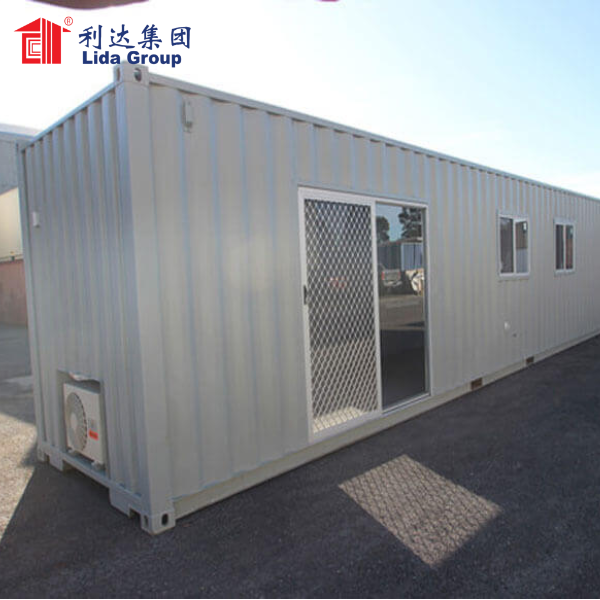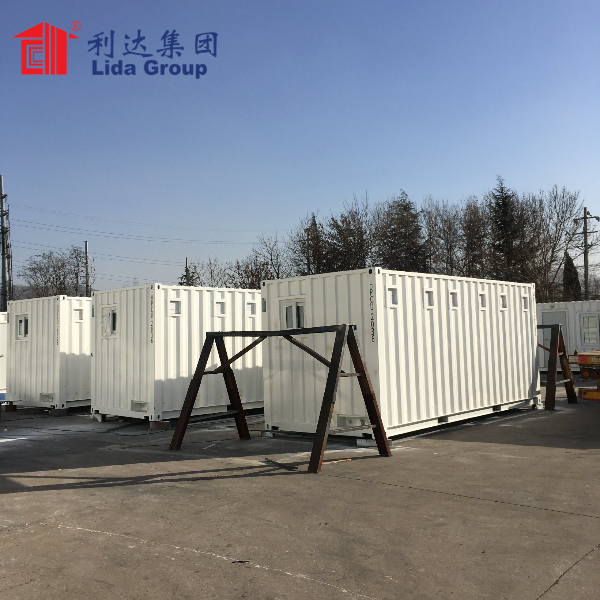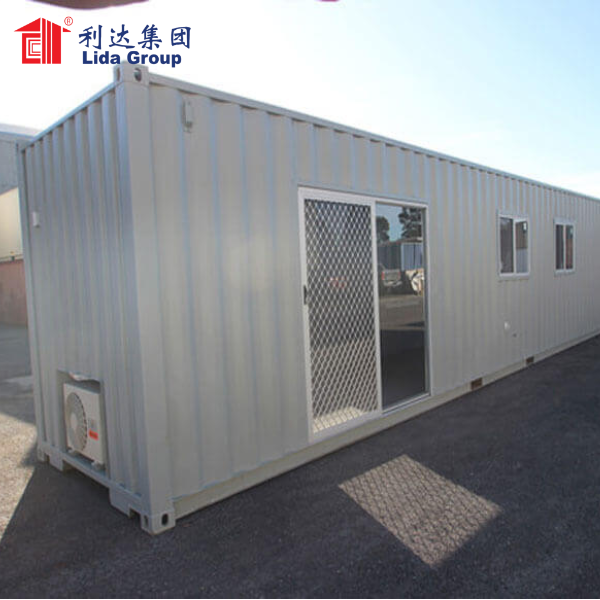Introduction:
In the pursuit of a sustainable future, Lida Group has emerged as a leading innovator in the construction industry with their container buildings. These eco-friendly and versatile structures are revolutionizing the way we think about architecture and sustainable development. In this article, we will delve into Lida Group’s container buildings, exploring their sustainable features, their impact on the environment, and their potential to shape a greener future for construction.
- The Need for Sustainable Construction:
1.1 Environmental Challenges:
As the global population grows and urbanization accelerates, the construction industry faces significant environmental challenges. Traditional construction methods often result in high energy consumption, excessive waste generation, and carbon emissions. To mitigate the negative impact of construction on the environment, sustainable alternatives are essential.
1.2 Importance of Sustainable Construction:
Sustainable construction focuses on reducing environmental impact while improving energy efficiency, resource conservation, and occupant well-being. By adopting sustainable practices and technologies, the construction industry can play a pivotal role in combating climate change, preserving natural resources, and creating healthier living environments.
- Lida Group’s Container Buildings:
2.1 Repurposing Shipping Containers:
Lida Group’s container buildings are built by repurposing shipping containers, primarily made of steel. These containers, which would otherwise be discarded, are transformed into functional and aesthetically pleasing structures. This approach not only repurposes existing materials but also reduces waste and promotes the concept of circular economy.
2.2 Versatile and Modular Design:
Container buildings by Lida Group offer versatility and modularity, allowing for easy customization and expansion. Multiple containers can be stacked or combined to create larger structures, accommodating diverse needs and spaces. This flexibility makes container buildings suitable for various applications, including residential, commercial, and educational purposes.
2.3 Sustainable Materials and Finishes:
Lida Group prioritizes the use of sustainable materials and finishes in their container buildings. From insulation to flooring and paints, eco-friendly options are chosen to minimize environmental impact. These materials often include recycled or low-emission products, contributing to healthier indoor air quality and reducing the carbon footprint of the buildings.
2.4 Energy Efficiency and Renewable Energy Integration:
Container buildings by Lida Group are designed with energy efficiency in mind. This includes the installation of energy-efficient windows, insulation, and HVAC systems to minimize energy consumption. Moreover, these buildings can easily incorporate renewable energy sources such as solar panels, further reducing reliance on fossil fuels.
- Environmental Benefits of Container Buildings:
3.1 Reduced Construction Waste:
One of the significant environmental benefits of container buildings is the reduction of construction waste. By repurposing shipping containers, Lida Group eliminates the need for extensive raw material extraction and reduces the amount of waste sent to landfills. This sustainable approach aligns with the principles of a circular economy and contributes to a more efficient use of resources.
3.2 Lower Carbon Footprint:
Container buildings have a lower carbon footprint compared to traditional construction methods. The repurposing of shipping containers requires fewer resources and energy compared to manufacturing new building materials. Additionally, the integration of energy-efficient systems and renewable energy sources further reduces the carbon emissions associated with these structures.
3.3 Resource Conservation:
Lida Group’s container buildings promote resource conservation by repurposing existing materials. The use of shipping containers not only reduces the demand for new construction materials but also extends the lifespan of these containers. This approach helps conserve natural resources and minimizes the environmental impact associated with material extraction and manufacturing.
3.4 Mobility and Adaptability:
Container buildings offer mobility and adaptability, reducing the need for new construction and land development. These structures can be easily transported and relocated, allowing for efficient land use and minimizing the disruption of natural habitats. Moreover, their modular design enables easy expansion or reconfiguration, accommodating changing needs without the need for extensive demolition or reconstruction.
- The Future of Sustainable Construction:
4.1 Inspiration for Sustainable Design:
Lida Group’s container buildings serve as a source of inspiration for architects and designers, encouraging the adoption of sustainable design principles. The success of these structures demonstrates that sustainable construction is not only environmentally responsible but also economically viable and aesthetically appealing. This inspiration can drive the transformation of the construction industry towards more sustainable practices.
4.2 Promoting Circular Economy:
Container buildings exemplify the principles of a circular economy by repurposing existing materials and reducing waste. As more construction companies embrace container-based construction, the concept of a circular economy can gain traction, leading to a more sustainable and resource-efficient construction industry.
4.3 Addressing Housing Challenges:
Container offices have the potential to address housing challenges, especially in areas with limited resources or after natural disasters. Their versatility, cost-effectiveness, and quick construction time make them an ideal solution for affordable housing, emergency shelters, and temporary structures. By providing sustainable and accessible housing options, container buildings can contribute to social equity and improved living conditions.
4.4 Collaboration and Innovation:
The adoption of container buildings and sustainable construction practices requires collaboration and innovation across various industries. Architects, engineers,builders, and policymakers need to work together to develop regulations, standards, and incentives that promote sustainable construction. This collaboration can foster innovation in building techniques, materials, and technologies, driving the industry towards a more sustainable and resilient future.
Conclusion:
Lida Group‘s container buildings represent a step towards a sustainable future in the construction industry. By repurposing shipping containers and adopting eco-friendly materials, these structures offer a viable and environmentally responsible alternative to traditional construction methods. The inherent versatility, energy efficiency, and resource conservation of container buildings contribute to a reduced carbon footprint and a more efficient use of resources. As the demand for sustainable construction practices increases, container buildings serve as an inspiration for architects and designers to embrace innovative and eco-friendly solutions. By integrating sustainable principles into the construction industry, we can shape a greener future, combat climate change, and create healthier and more resilient communities.
Post time: Sep-11-2023



